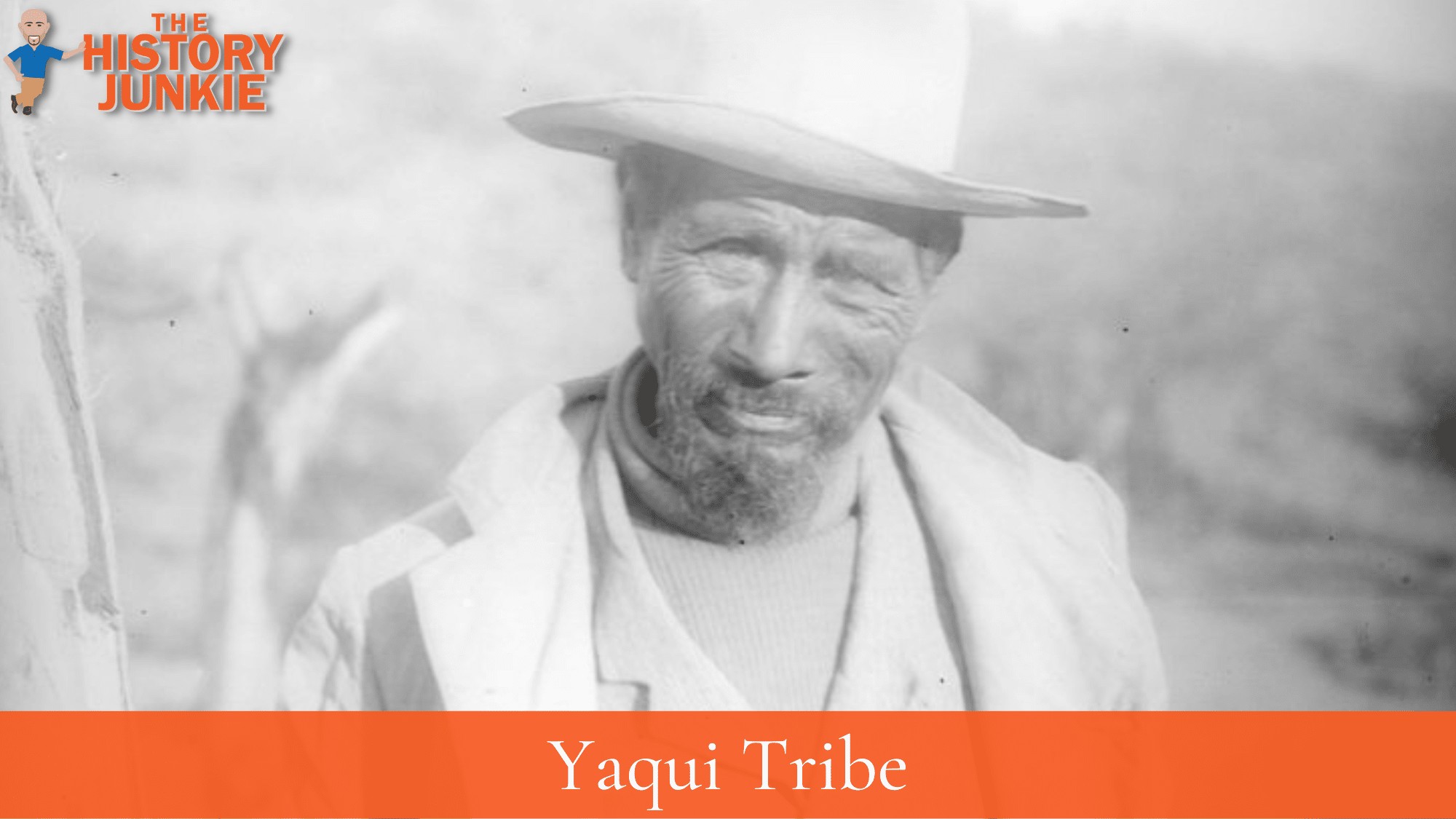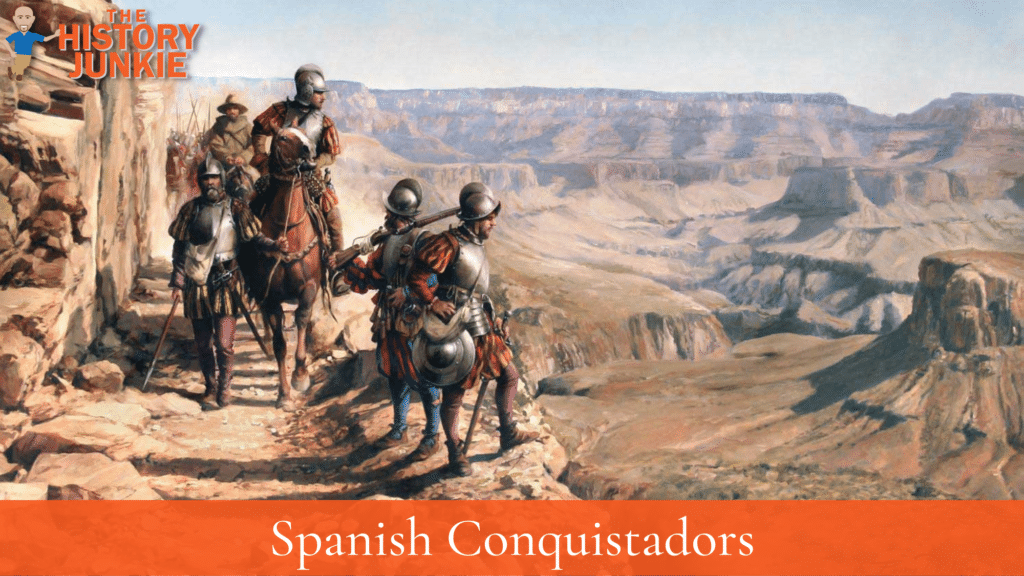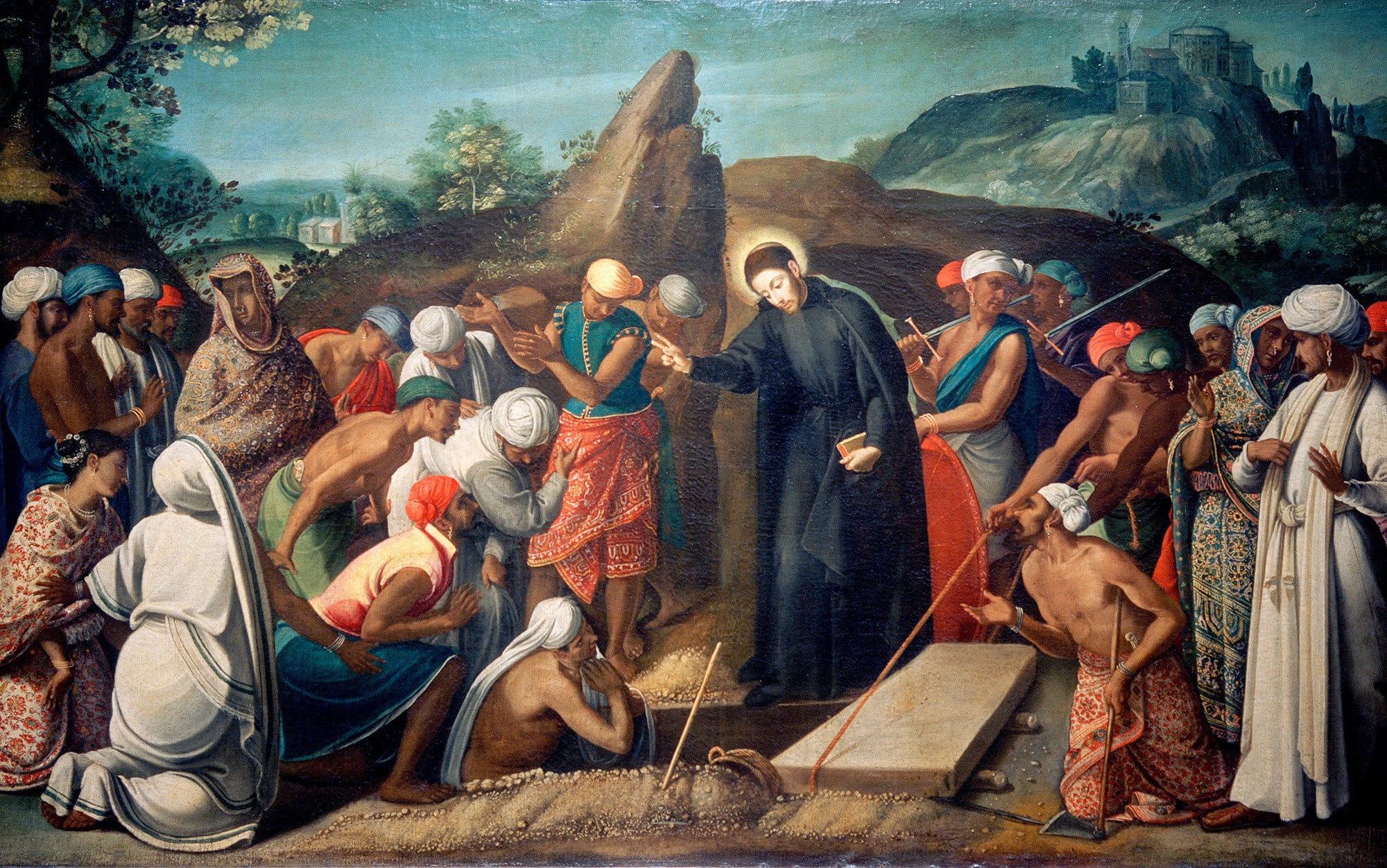
Jump to:
#1. The Yaqui Tribe Survived The Spanish Conquistadors
The Yaqui Tribe were known for their courage and passion for independence.
The Spanish Conquistadors threatened the Native American population throughout the 16th century. However, things had changed, and Spanish power was waning. These were not the days of Hernan Cortes and Francisco Pizarro.
The Spanish encountered the Yaqui Tribe in 1533 when Captain Diego de Guzmán led an expedition into their territory. An elder leader of the Yaqui and many warriors stepped forward, drew a line in the sand, and told the Spanish they could not cross.
A battle occurred, and the Spanish retreated despite claiming they had won. This would begin a long conflict between the two.
In 1565, the Spanish returned and failed to set up a colony in their territory. In the early 17th century, another conflict broke out between the Spanish and Yaqui tribe along with their Mayo allies. The Yaqui would defeat the Spanish.

#2. The Yaqui Converted To Christianity
After agreeing to peace in 1610 with the Spanish, the Jesuit missionaries were invited to stay with the tribe and teach them, this led to many of the Yaqui converting to Christianity while still retaining many of the traditional beliefs.
It was normal for some tribes to convert to Christianity but continue to practice their previous beliefs. They would Christianize their traditions and direct their worship towards God rather than what they previously believed.
Throughout history, many traditional pagan practices have been Christianized. A good example of this would be the celebration of Christmas.
#3. The Yaqui Tribe And Jesuits Prospered

This is quite possibly the only tribe that somehow avoided European disease. They did not completely avoid some outbreaks, but the widespread death that occurred with the Aztecs and other Southwest Indian Tribes seemed to not occur with the Yaqui.
The Yaqui lived in a mutually advantageous relationship with the Jesuits for 120 years and, during that time, were introduced to wheat, cattle, and horses.
The Yaqui prospered, and the missionaries were allowed to extend their activities further north. The Jesuit success was facilitated by the fact that the nearest Spanish settlement was 100 miles away, and the Yaqui were able to avoid interaction with Spanish settlers, soldiers, and miners.
The reputation of the Yaqui as warriors, plus the protection afforded by the Jesuits, perhaps shielded the Yaqui from Spanish slavers.
The Jesuits persuaded the Yaqui to settle into eight towns.
#4. The Prosperous Time Ended In The 18th Century
However, by the 1730s, Spanish settlers and miners were encroaching on Yaqui land, and the Spanish colonial government began to alter the arms-length relationship.
This created unrest among the Yaqui and led to a brief but bloody Yaqui and Mayo revolt in 1740. One thousand Spanish and 5,000 Native Americans were killed, and the animosity lingered.
The missions declined, and the prosperity of the earlier years was never regained.
The Jesuits were expelled from Mexico in 1767, and the Franciscan priests who replaced them never gained the confidence of the Yaqui.
#5. The Yaqui Continued To Struggle For Independence
The Yaqui Tribe was passionately independent, as can be seen in their struggle against the Spanish and, eventually, their struggle against the Mexican government.
During Mexico's struggle for independence from Spain in the early 19th century, the Yaqui showed that they still considered themselves independent and self-governing. After Mexico won its independence, the Yaqui refused to pay taxes to the new government.
A Yaqui revolt in 1825 was led by Juan Banderas. Banderas wished to unite the Mayo, Opata, Pima, and Yaqui into a state that would be autonomous or independent of Mexico.
The combined indigenous forces drove the Mexicans out of their territories, but Banderas was eventually defeated and executed in 1833.
This led to a succession of revolts as the Yaqui resisted the Mexican government's attempts to gain control of the Yaqui and their lands.
After this period, the Yaqui people would endure many years of enslavement at the hands of the Mexican government. The conditions were dreadful, and many would die because of it.
Many of these terrible tragedies occurred under the leadership of the Mexican dictator Porfirio Díaz.
Despite these tragedies, the Yaqui resisted and wished to remain independent.
In 1917, General Lázaro Cárdenas of the Constitutionalist army defeated the Yaqui. But in 1937, as president of the republic, he reserved 500,000 hectares of ancestral lands on the north bank of the Yaqui River, ordered the construction of a dam to provide irrigation water to the Yaqui, and provided advanced agricultural equipment and water pumps.
Thus, the Yaqui continued to maintain a degree of independence from Mexican rule
A group of Yaqui fled to America and would eventually be federally recognized in 1978.
